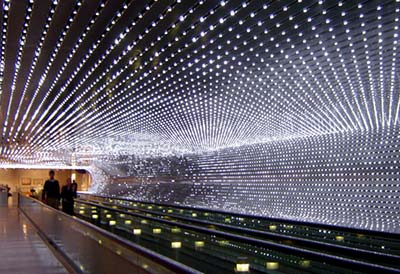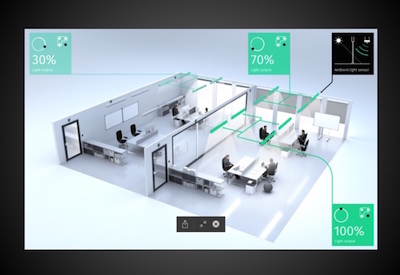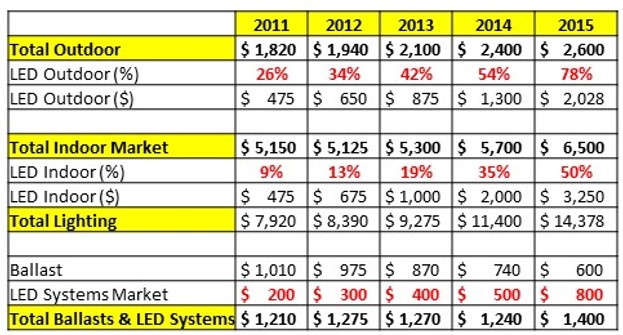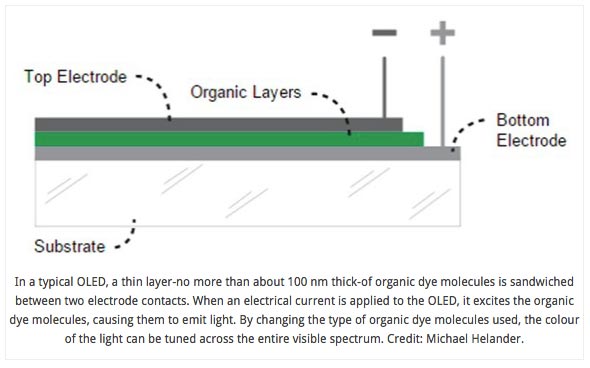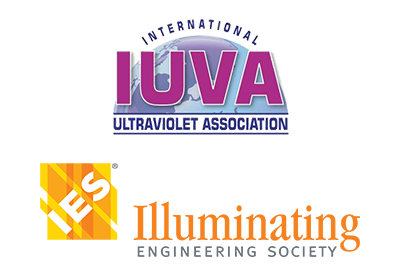New Phosphor Promises Cheaper and More Efficient Next-Generation LED Lighting
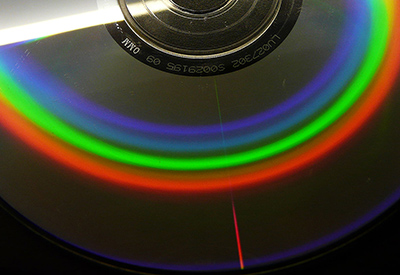
August 08 2016
Researchers from KU Leuven (Belgium), the University of Strasbourg, and CNRS have discovered a new phosphor that could make next-generation fluorescent and LED lighting even cheaper and more efficient. The team used highly luminescent clusters of silver atoms and the porous framework of minerals known as zeolites.
Silver clusters consist of just a few silver atoms and have remarkable optical properties. However, current applications are limited, because the clusters tend to aggregate into larger particles, thus losing the interesting optical properties.
Professor Hofkens and his team from the Molecular Imaging and Photonics Unit have now found a way to keep the silver clusters apart by inserting them into the porous framework of zeolites. The result: stable silver clusters that maintain their unique optical properties.
Zeolites are minerals that are either found in nature or produced synthetically on an industrial scale. The minerals have a very rigid and well-defined framework of small molecular-sized channels, pores, and cages. They’re commonly used in domestic and industrial applications such as washing detergent and water treatment.
Professor Maarten Roeffaers from the Centre for Surface Chemistry and Catalysis explains: “Zeolites contain sodium or potassium ions. We used ion exchange to replace these ions with silver ions. To obtain the clusters we wanted, we heated up the zeolites with the silver ions, so that the silver ions self-assembled into clusters.”
In collaboration with Professor Peter Lievens’s Laboratory for Solid State Physics and Magnetism, the researchers examined the properties of these heat-treated ‘silver zeolites’. Using advanced techniques, they found that the structural, electronic, and optical properties of the zeolites were strongly influenced by the silver clusters. That’s how they discovered that the shape of the silver clusters is essential to obtain the right fluorescence properties.
Professor Johan Hofkens explains: “Clusters of silver atoms can assemble into different shapes, including a line or a pyramid. This pyramid shape is what we need to obtain the best fluorescence properties. Heating up the silver ions in the zeolite framework makes them adopt this shape. Because they are ‘trapped’, as it were, in the cages of the zeolites, they can only form a pyramid with up to four silver atoms. That is exactly the shape and size in which the silver cluster emits the largest amount of fluorescent light, with an efficiency close to 100%.”
These findings have great potential for the development of next-generation fluorescent and LED lighting and for biological imaging. After all, the new phosphors not only emit a large amount of light, they are also cheap to produce.
This study was funded by the European Union: EU FP7-NMP-2012 SACS (Self-Assembly in Confined Space; GA-310651).
Read the study in Nature Materials: http://www.nature.com/nmat/journal/vaop/ncurrent/full/nmat4652.html.

